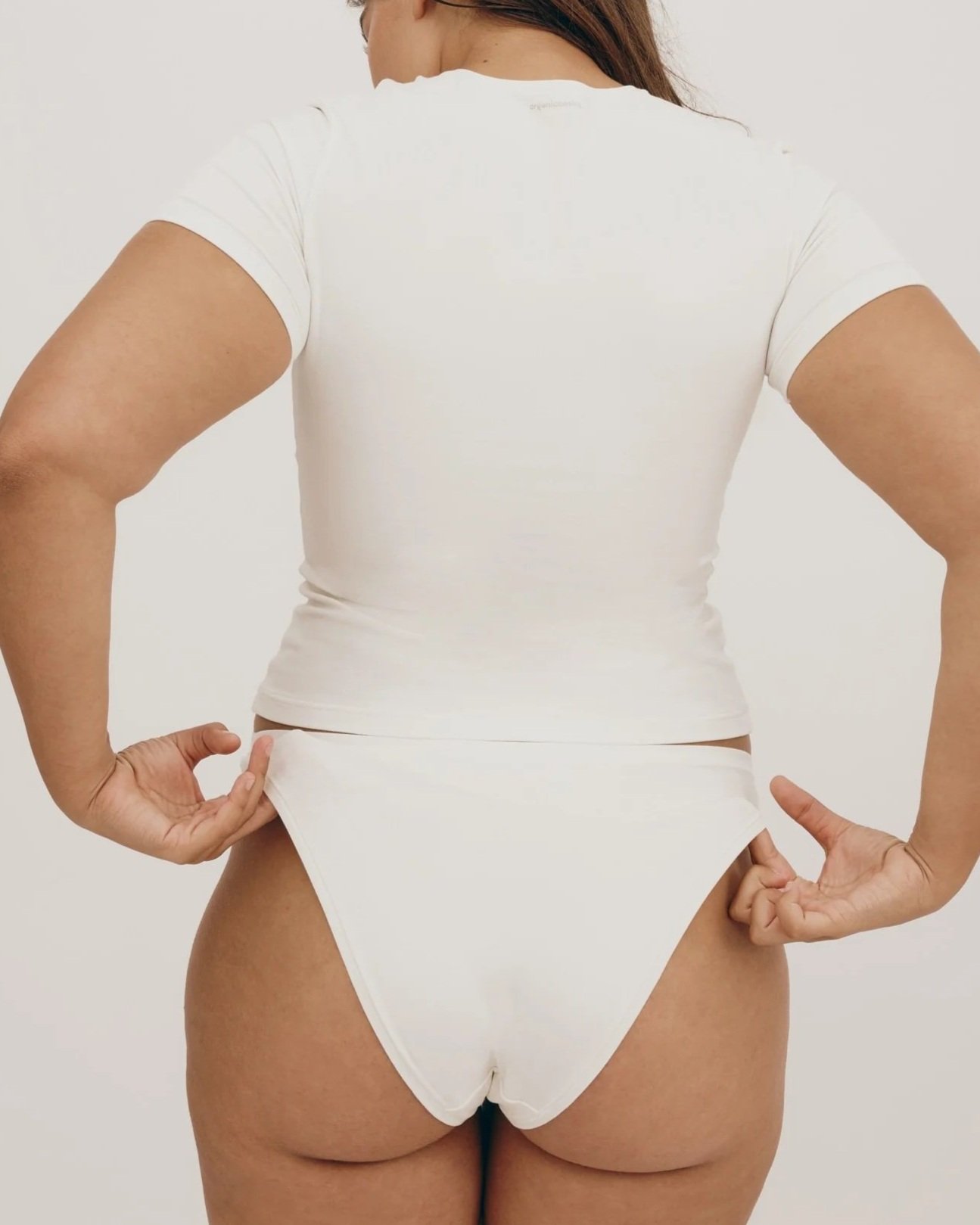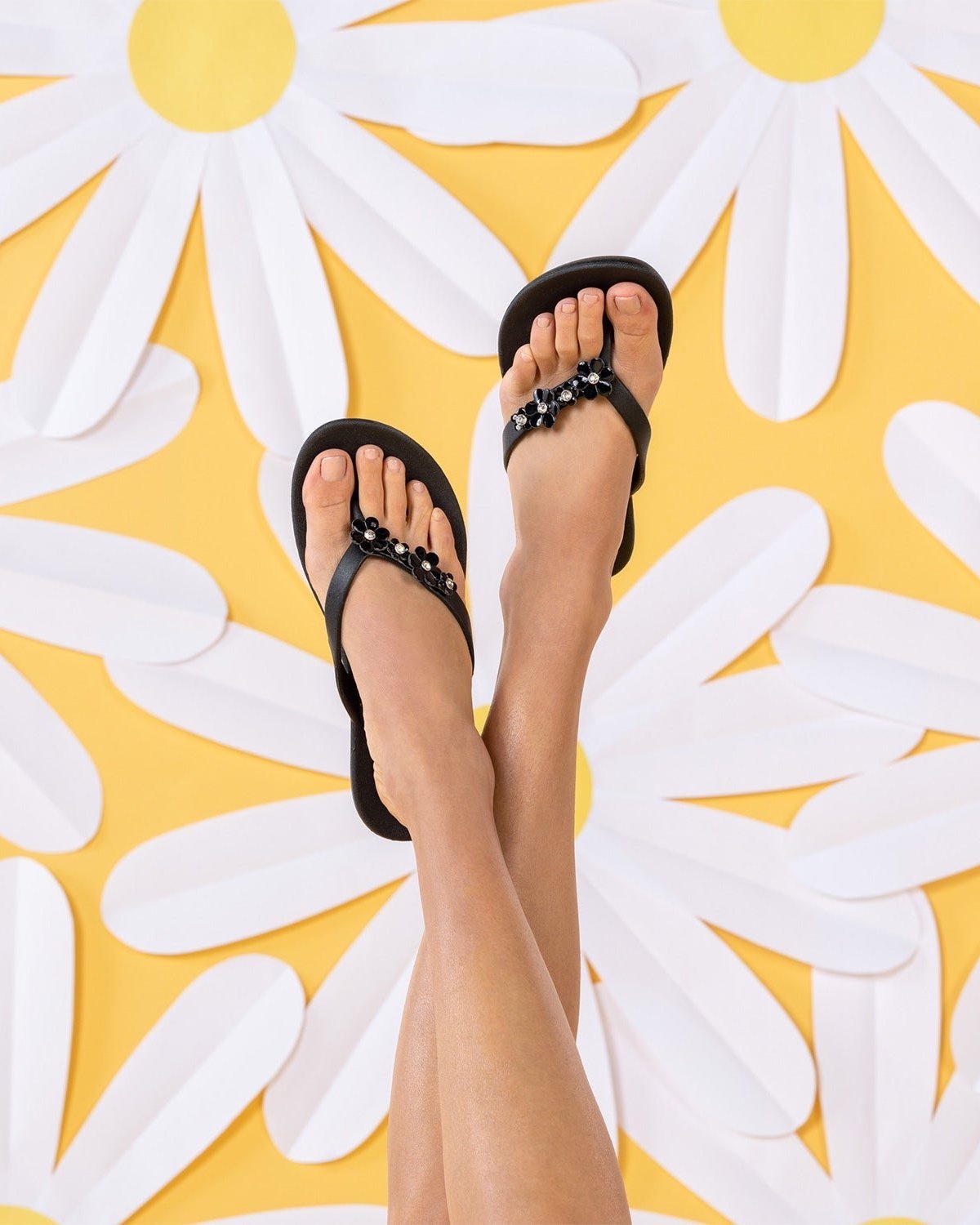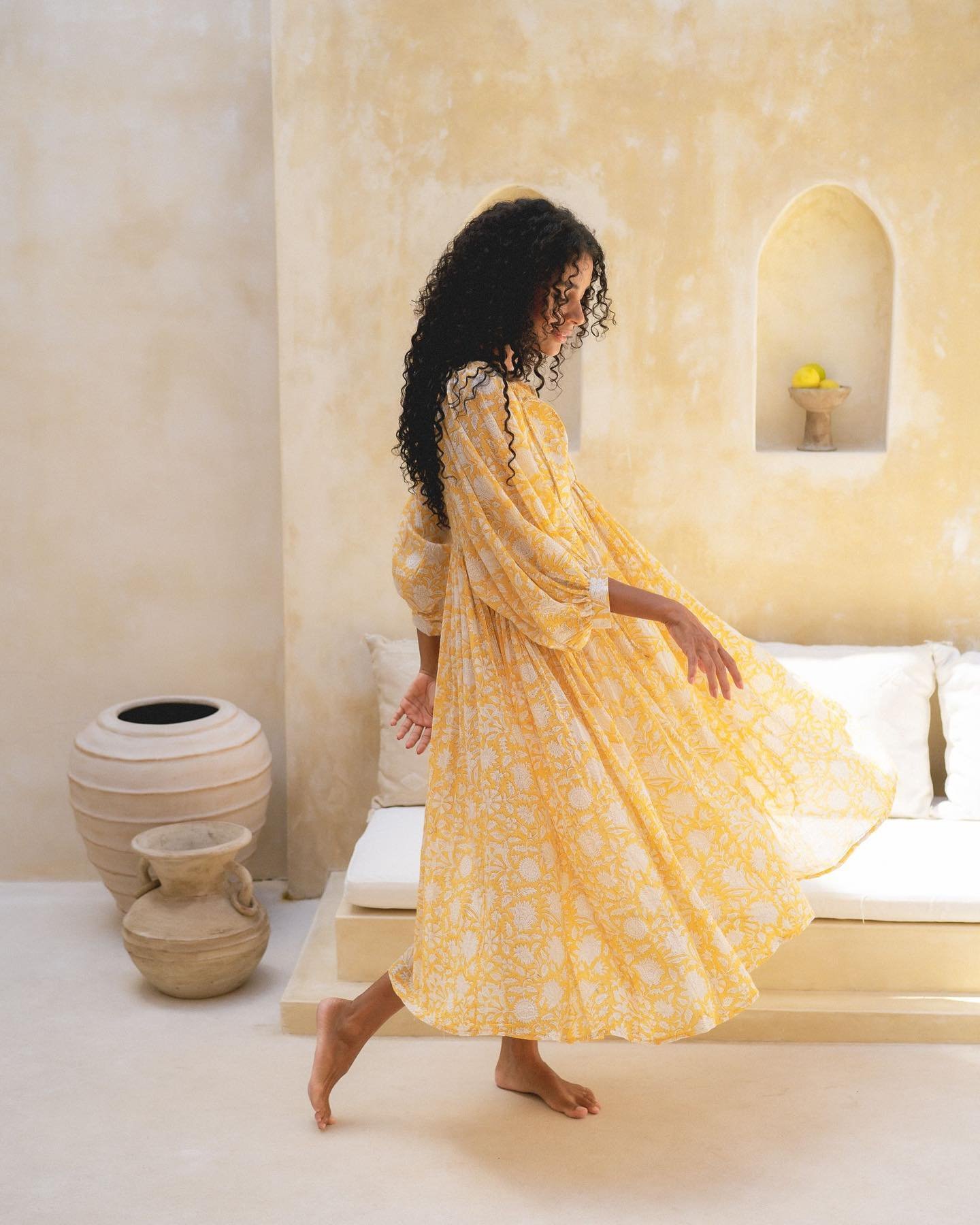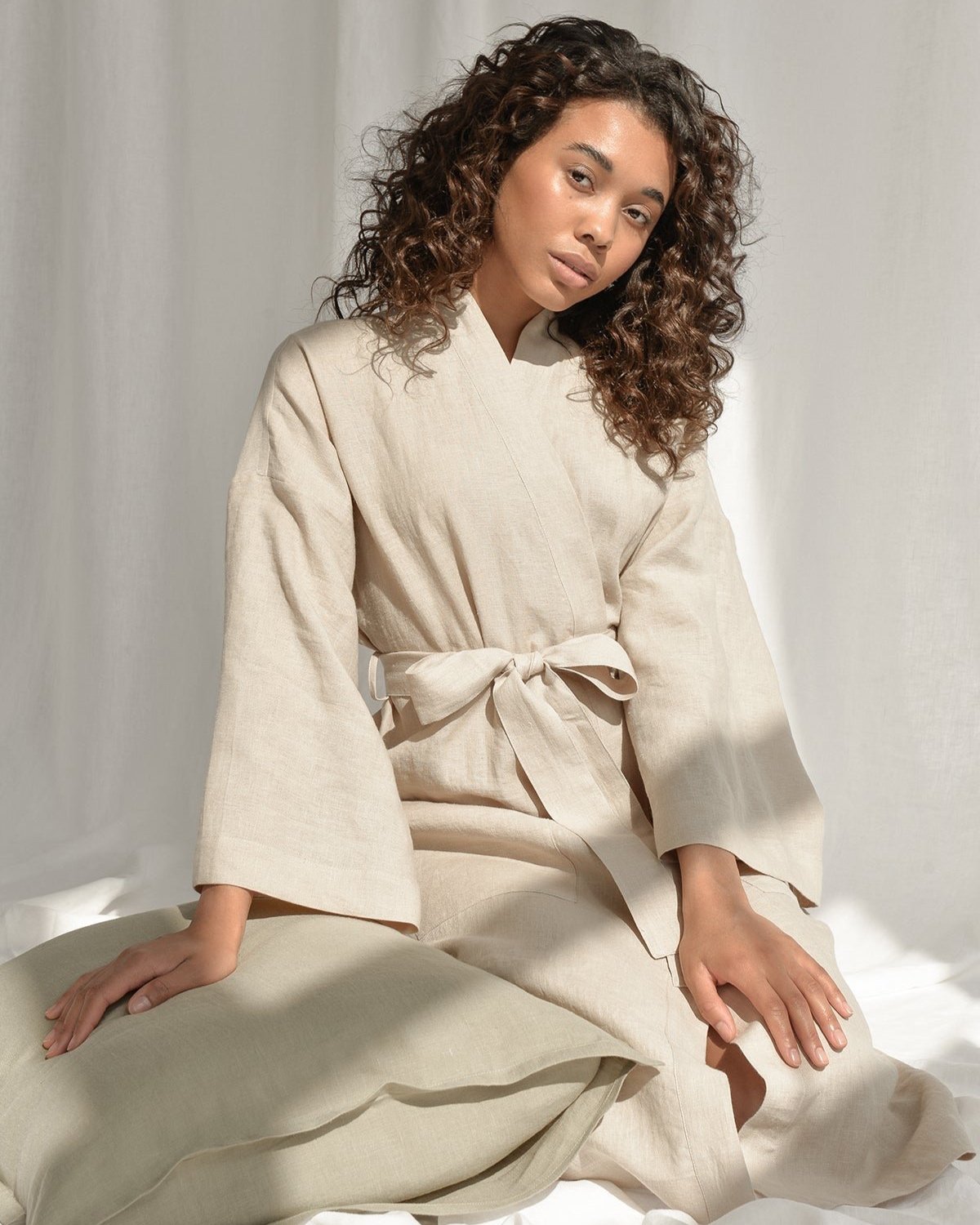The Responsible Textile Recovery Act of 2024
Behind all the glamor, the fashion industry has a (let’s be honest, pretty well-known) dirty secret. The industry accounts for roughly 10% of global emissions - and is more than the aviation and shipping industries combined, which is crazy! Plus, its environmental footprint doesn’t stop there - it fares no better when it comes to waste generation and ranks among the top contributors.
Well, what’s to blame? The meteoric rise of fast fashion and short-lived fashion cycles encourage high-volume consumption of cheap, low-quality clothes that are only worn a handful of times before they are tossed.
The Problem with Fashion Today
Think about it - how many pieces of clothing have you bought in your lifetime? You may try to donate or resell some, but do you know where they eventually end up? Even if you buy from sustainable brands (which we love to see!), the question remains - where do these clothes ultimately go? You guessed right.
A staggering 85% of clothes and textiles eventually end up in incinerators or landfills - where they not only release methane as they decompose, but also most contain synthetic chemicals and dyes which leach into the soil and water.And while 95% of materials used in clothes are recyclable, only 15% actually get reused or recycled.
How Can We Help Fix The Problem of Textile Waste?
But all is not doom and gloom in the fashion world. A groundbreaking new California bill, the first of its kind, attempts to tackle this ever-growing problem of fashion and textile waste (and trust us, it’s piling up). And better yet, it places the burden on the fashion industry, not individual consumers. The Responsible Textile Recovery Act of 2024 and the Extended Producer Responsibility (EPR) program that it establishes will require producers of clothing, bedding, towels, and upholstery to set up and fund a California-wide program for reusing, repairing, and recycling their products.
California Democratic State Senator Josh Newman sponsored the bill, which was met with widespread support and was passed by state legislators in August. The bill had endorsements from environmental organizations and retailers alike, including Ikea, Everlane, and Goodwill. Proponents of the bill are optimistic that the EPR program is the starting point for transitioning the industry to a more sustainable and circular economy, which is no small feat. Led by the state’s recycling department, the bill will do this by providing incentives to producers to adopt greener practices and work on more eco-friendly designs. It’ll also make the manufacturers responsible for their products from start to finish, ensuring less waste along the way.
While this sounds promising, there has been some concern that the cost will ultimately fall on consumers in the form of increased prices. It may also affect smaller and mid-sized brands more than big name brands, who can easily swallow the cost with minimal effect. However, Newman confirmed that consumers shouldn’t see any increased costs due to this program, and estimated that total cost to producers shouldn’t exceed 10 cents per garment.
Smaller sustainable brands also seem to be on board. Yotam Soloman, founder of LA-based gender-inclusive brand Virtue, supports the new bill. “I think [California’s new law] is something that should have been done a long time ago,” he said. “Unfortunately, this industry that allowed this to happen.”
The earliest the program will be operational is 2028. While the fashion industry still has a long, long way to go, moves like this are definitely a step in the right direction!
MAKE SURE TO PIN THE PHOTO BELOW TO SAVE THIS POST FOR LATER!
WANT TO FIND MORE SUSTAINABLE BRANDS?
The Brand Directory features hundreds of sustainable brands approved by us!
We have broken everything down by category for easy shopping, along with discount codes unique to Sustainably Chic viewers.







































































